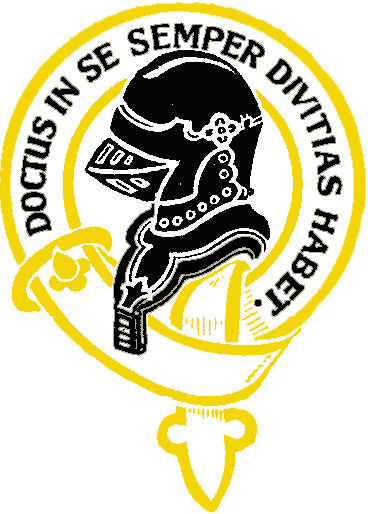World War 1 - John Hicks Good
James Hicks Good was born approximately in 1886, and lived with his parents at 16 Victoria Road, Tranmere, where he is shown on the 1891 Census. At some stage he was a pupil at Birkenhead Institute. On the 1901 Census, when he was 15, his occupation is shown as a Mechanical Engineer Apprentice. By 1918 he was 3rd. Engineer on the vessel "S.S. Pancras". His death at sea occurred on 3rd May 1918, when in the Mediterranean, his vessel "S.S. Pancras", was struck by a torpedo. He is buried at Malta (Capuccini) Naval Cemetry.
James Hicks Good was in the Merchant Navy, and therefore was not automatically included in the Imperial War Museum Records, but has now been added. See his record here.
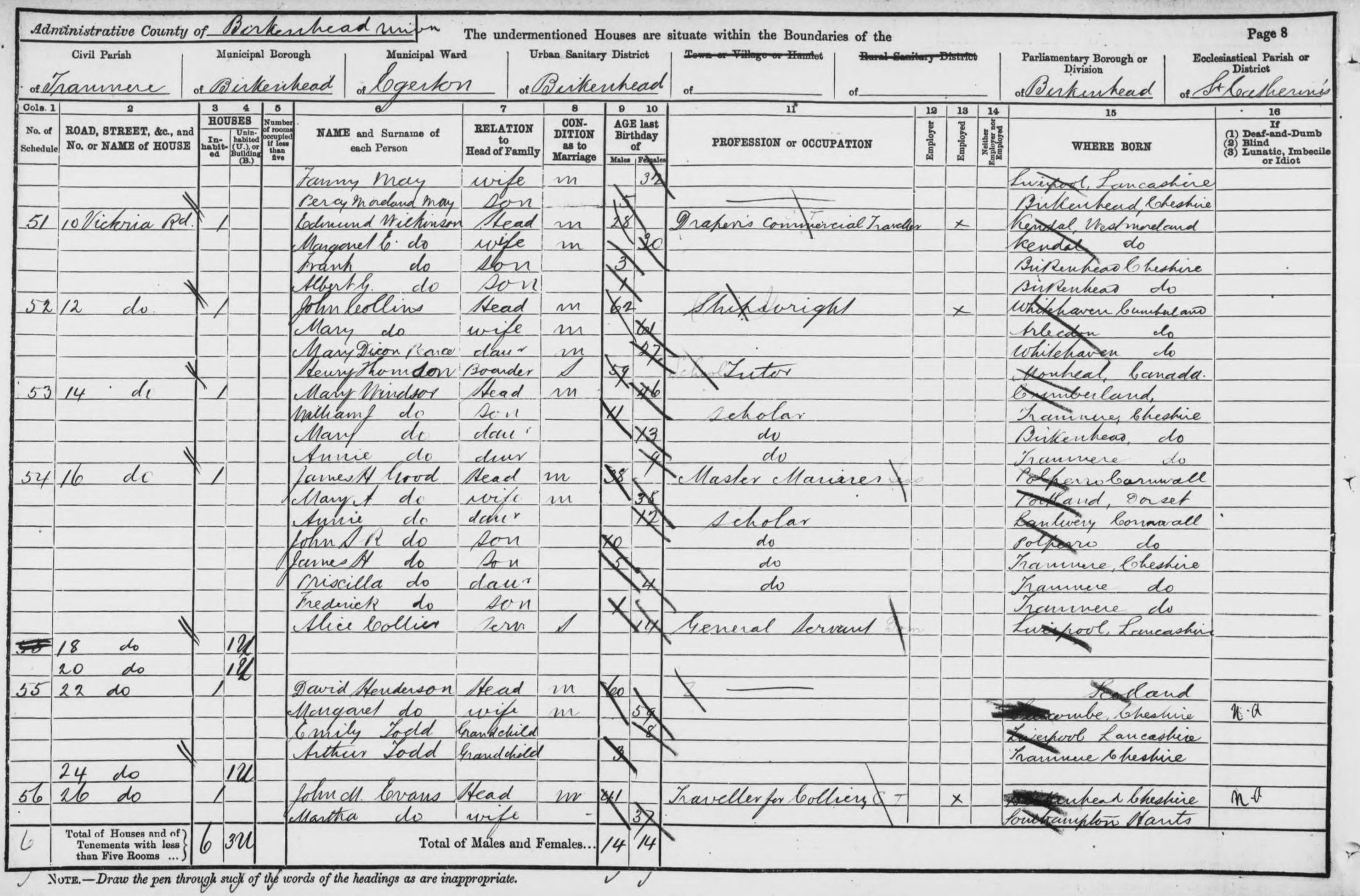
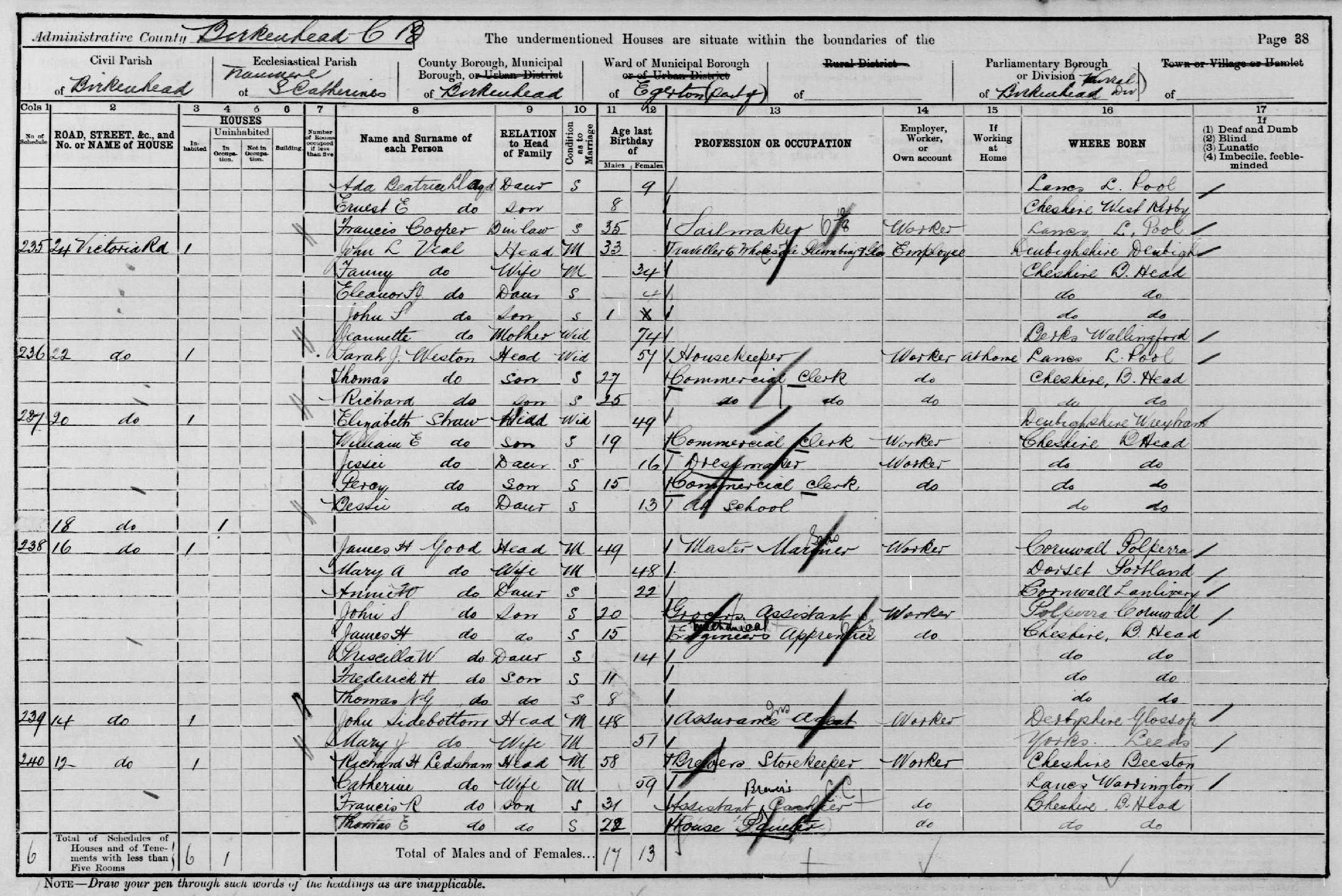
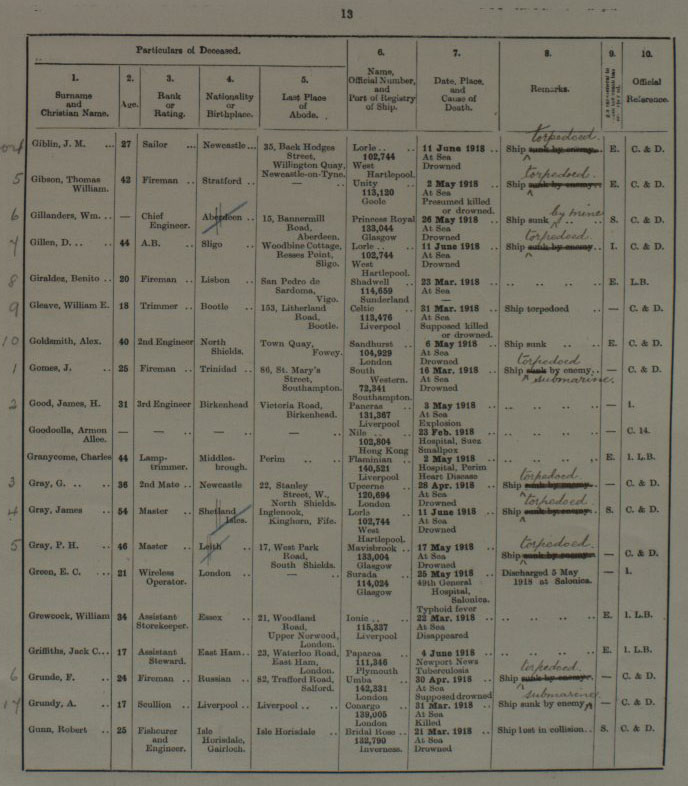
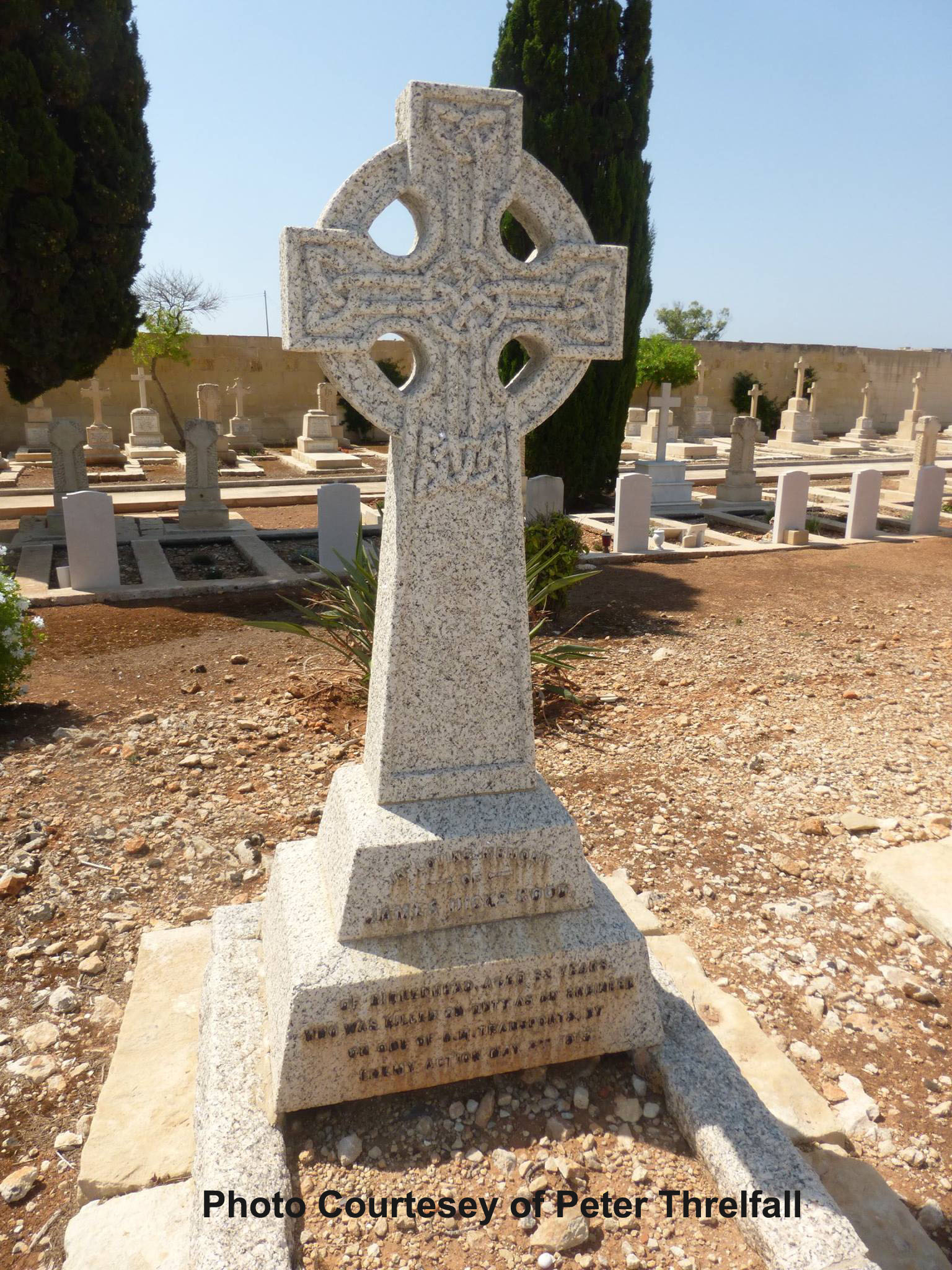
| S.S. Pancras was built by R. & W. Hawthorn, Leslie & Co. Ltd., in 1911. |
| Dimensions; 375' 10'" x 50' x 26'. Gross Tonnage: 4436. Passenger Accommodation: 42 First and 100 Third. |
| The Booth Line: War Service, 1914-1918 gives the following details of the Pancras' war service: |
| THE "PANCRAS" was attacked twice. Captain Aspinall was in command on the first occasion and the following is an extract for his report: |
| "We arrived at Gibraltar on May 14th, 1917, at 5 p.m., and sailed at 6 p.m. for Genoa. At 6 a.m. on May 15th a thick fog came down and the engines were put slow. The fog lifted a little at 6.50 a.m., Sabinal Point being abeam, distant about two miles. A German submarine was sighted right ahead about two miles. Engines were put full speed astern. All hands went to stations and the ship was turned stern on to the enemy, going for all she was worth. About 7 a.m. he commenced shelling us, our gunners returning the fire. He fired about twenty-seven shells which burst all around and one right over us. The only damage he did was one man hit on the back of the head, nothing serious, and to shoot away our signal halliards, with the ensign. We fired fourteen shots at him without success. He was just getting our range when we got back into the fog and headed for Adra. We then lost sight of the submarine, but we followed us up inshore sounding his whistle, another submarine answering on our port side. At 9.40 a.m. we again sighted the submarine on the starboard quarter, trying to get amidships. At 9.43 we sighted land ahead and two minutes afterwards ran the ship ashore to avoid being torpedoed. The submarine then disappeared." |
| The "Pancras" was salved, but the following year she was again a victim under the following circumstances:- At 8.30 p.m. on May 3rd, 1918, the ship was steaming in convoy when the Third Officer, who was on watch, sighted an object 400 yards off and altered course. Shortly after, the ship was struck by a torpedo on the port side in the engine room, the explosion killing the third engineer, J. Good, and storekeeper, H. Pritchard, and causing extensive damage to hull and machinery. The ship's boats and rafts were lowered and the passengers conveyed to the escorting destroyers. |
| The master, Captain Peregrine, together with the Chief Officer, then examined the damage and finding the ship was not sinking asked to be taken in tow, and although repeatedly ordered to abandon his ship declined to leave her, being loyally supported by his officers and men. Finally a tug arrived and towed the "Pancras" to Malta, all hands being kept hard at work pumping and baling with buckets. For his services on this occasion Captain Peregrine received the D.S.C., and chief officer T.H. Jackson, second officer Thomas Hughes, third officer B.M. Dow, senior Marconi operator Edward Bamford, carpenter R.V. Wilson, and second steward H.R. Deighton, were commended in the London Gazette. |
Last Saved Saturday, April 4, 2020 9:53
